July 20 to July 26
For 40 years, there was a Fujian Provincial Government (福建省政府) in New Taipei City run by an appointed military governor-for-life.
This governor controlled no territory and performed no administrative duties; he and his staff were charged with researching plans for the Chinese Nationalist Party (KMT) to “retake” Fujian Province from the Chinese Communist Party (CCP), who seized it along with the rest of China during the Chinese Civil War.
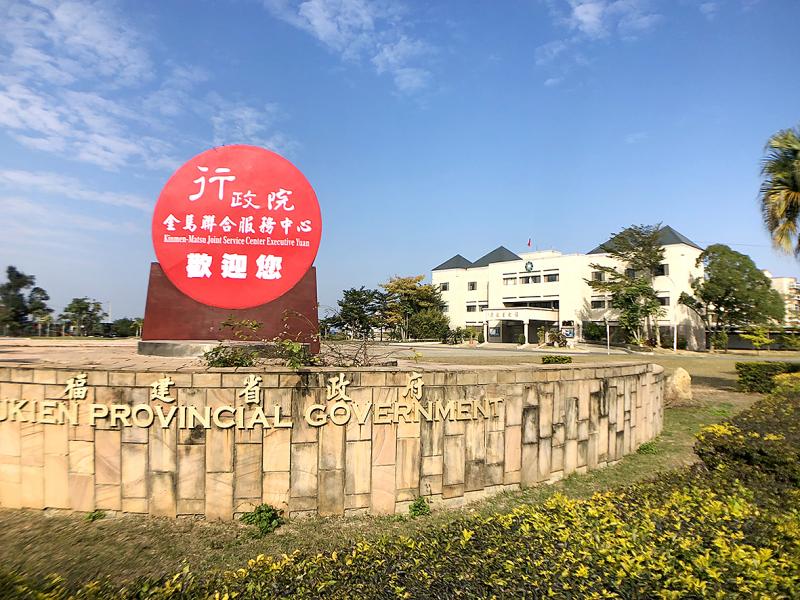
Photo courtesy of Wikimedia commons
The provincial government office was originally located in Kinmen, which along with the Matsu islands made up the only part of Fujian Province that the KMT retained — at just about 0.15 percent of the original territory.
But as Kinmen and Matsu became war zones following the 1954 First Taiwan Strait Crisis, the provincial government was relocated to today’s Sindian District (新店) in New Taipei City on July 20, 1956. Its administrative duties were transferred to the two military-run county offices that oversaw the islands.
Republic of China (ROC) Army major general Tai Chung-yu (戴仲玉), who was appointed provincial governor in 1955, held the post for 31 years until his death in 1986. The central government moved the office back to Kinmen in 1996 and completely defunded it in 2018, but they could not abolish it without changing the Constitution. As a result, the Fujian Provincial Government still exists, but in name only.
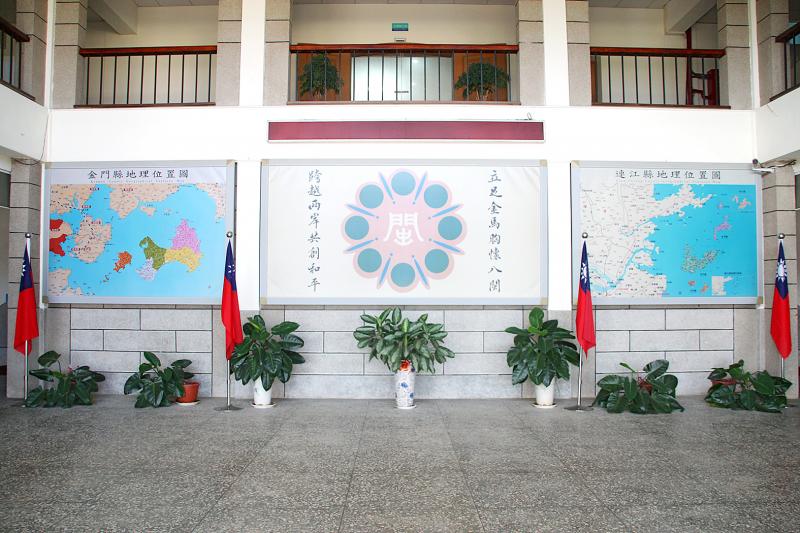
Photo courtesy of Wikimedia commons
GOVERNOR-FOR-LIFE
In August 1949, the People’s Liberation Army descended upon Fuzhou, the original seat of the Fujian Provincial Government. About 60,000 KMT troops defended the city, but they were decisively routed after a week of fighting. With his troops nearly wiped out, division commander Lee Yan-nian (李延年) eventually fled to Taiwan, where he was jailed for over a year for allegedly abandoning his post.
The KMT subsequently moved the Fujian Provincial Government to the offshore island of Kinmen and put it under military control. From there, they managed to fend off the pursuing PLA troops two months later at the Battle of Guningtou (古寧頭).
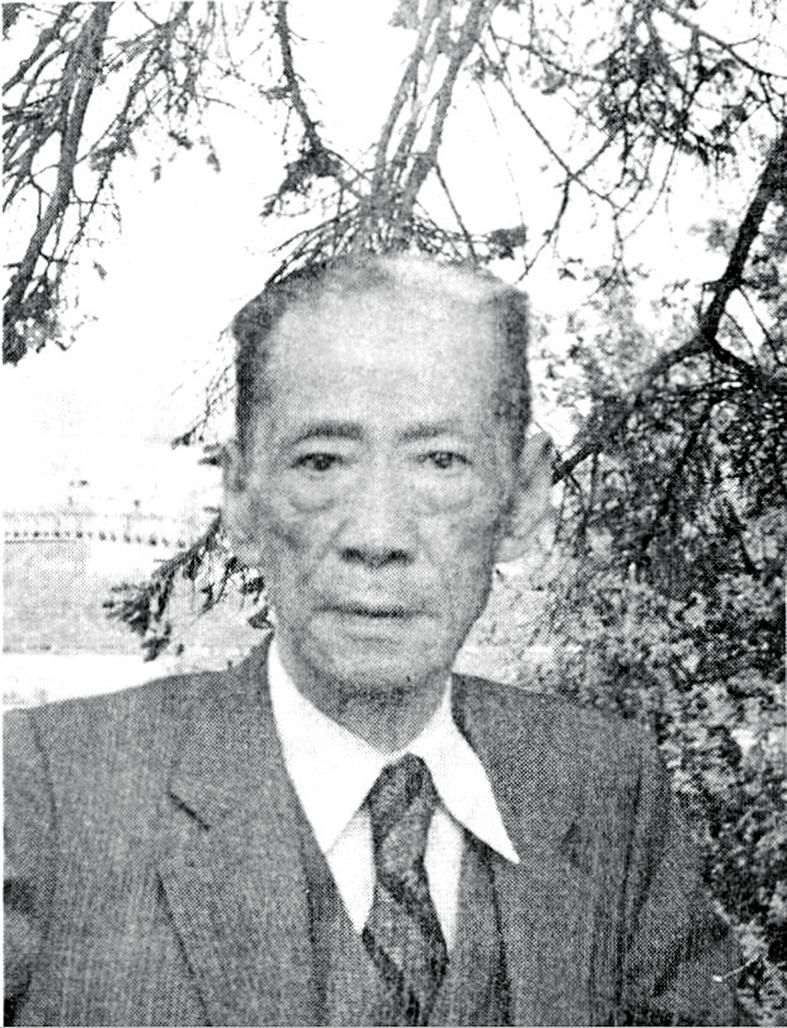
Photo courtesy of Wikimedia Commons
Since the KMT also managed to hold on to the Yijiangshan (一江山) and Dachen (大陳) islands off the coast of Zhejiang Province, it actually established a local Zhejiang Provincial Government in 1951. The office was abolished when the PLA captured the islands during the First Taiwan Strait Crisis of 1954.
The PLA also tried to take Kinmen during the same conflict by heavily shelling it for over a year, but they eventually relented when the US threatened to respond with nuclear weapons. The precarious situation prompted the KMT to designate Kinmen and Matsu as military zones in 1956, and the provincial government office was moved to Sindian.
Even the Japanese and KMT allowed limited local elections in Taiwan, but in Kinmen, the military commander who doubled as county commissioner initially appointed all positions down to the borough wardens. The first local elections were held in 1971.
Several months before he left Kinmen, Tai carved the propaganda slogan “the restoration of our nation is within reach” (中興在望) into a large boulder at Taiwu Mountain (太武山). The PLA would attack Kinmen again two years later — but by then, Tai was working in Sindian.
The Kinmen and Matsu warzone provisions state that the office in Sindian was “in charge of conducting research toward plans for retaking [Fujian] province,” but it’s unclear what exactly this “research” entailed.
FREEZING THE PROVINCE
While Martial Law ended in 1987, Kinmen and Matsu remained under military control until 1992. Just a year after the Fujian Provincial Government moved back to Kinmen, the National Assembly on July 21, 1997 amended the constitution to greatly reduce the powers the nation’s provincial governments. These changes were chiefly aimed at the Taiwan Provincial Government since its territory overlapped with the central government by 98 percent. Some say the move was politically motivated, but the official line was to streamline operations and save costs.
The central government also canceled direct provincial governor elections. These changes didn’t affect the Fujian office much because it wasn’t a functioning administrative entity and did not have elected governors.
The Fujian Provincial Government further lost its autonomy in 1998, becoming an entity under the Executive Yuan. Former secretary-general Wong Ming-chih (翁明志) told the BBC that after 1998, the office’s main function was to serve as a bridge between Kinmen, Matsu and the central government, advocating for local policy and requesting funding. For example, Wong says the office’s efforts were key to government approval of the Kinmen Bridge, which began construction in 2013 and will connect the main island with neighboring Little Kinmen (小金門) by next year.
Wong says that people sending letters from Taiwan to China’s Fujian Provincial People’s Government (福建省人民政府) looking for lost relatives would sometimes accidentally omit the “People’s,” and the mail would wind up in Kinmen.
The Fujian provincial governors appointed after 2007 all concurrently held other positions. Lo Ying-shay (羅瑩雪), for instance, also served as minister without portfolio in addition to heading the Mongolian and Tibetan Affairs Commission (蒙藏委員會). This agency was also a remnant of the days when the KMT still openly claimed the two territories along with the rest of China. It was abolished in 2017.
When the Fujian Provincial Government was defunded, the Kinmen-Matsu Joint Services Center (金馬聯合服務中心) assumed its responsibilities. The last provincial governor, Chang Ching-sen (張景森), now heads the service center.
Taiwan in Time, a column about Taiwan’s history that is published every Sunday, spotlights important or interesting events around the nation that either have anniversaries this week or are tied to current events.
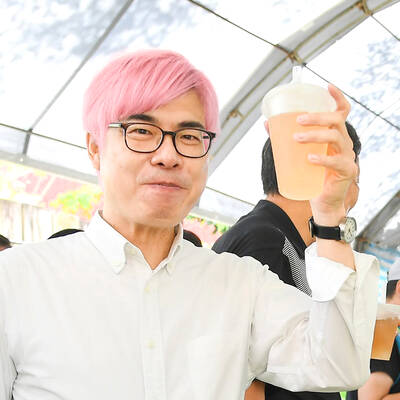
It is jarring how differently Taiwan’s politics is portrayed in the international press compared to the local Chinese-language press. Viewed from abroad, Taiwan is seen as a geopolitical hotspot, or “The Most Dangerous Place on Earth,” as the Economist once blazoned across their cover. Meanwhile, tasked with facing down those existential threats, Taiwan’s leaders are dying their hair pink. These include former president Tsai Ing-wen (蔡英文), Vice President Hsiao Bi-khim (蕭美琴) and Kaohsiung Mayor Chen Chi-mai (陳其邁), among others. They are demonstrating what big fans they are of South Korean K-pop sensations Blackpink ahead of their concerts this weekend in Kaohsiung.

Taiwan is one of the world’s greatest per-capita consumers of seafood. Whereas the average human is thought to eat around 20kg of seafood per year, each Taiwanese gets through 27kg to 35kg of ocean delicacies annually, depending on which source you find most credible. Given the ubiquity of dishes like oyster omelet (蚵仔煎) and milkfish soup (虱目魚湯), the higher estimate may well be correct. By global standards, let alone local consumption patterns, I’m not much of a seafood fan. It’s not just a matter of taste, although that’s part of it. What I’ve read about the environmental impact of the
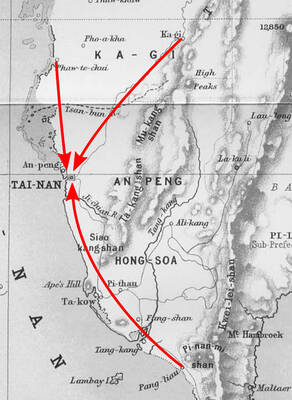
Oct 20 to Oct 26 After a day of fighting, the Japanese Army’s Second Division was resting when a curious delegation of two Scotsmen and 19 Taiwanese approached their camp. It was Oct. 20, 1895, and the troops had reached Taiye Village (太爺庄) in today’s Hunei District (湖內), Kaohsiung, just 10km away from their final target of Tainan. Led by Presbyterian missionaries Thomas Barclay and Duncan Ferguson, the group informed the Japanese that resistance leader Liu Yung-fu (劉永福) had fled to China the previous night, leaving his Black Flag Army fighters behind and the city in chaos. On behalf of the

The captain of the giant Royal Navy battleship called his officers together to give them a first morsel of one of World War II’s most closely guarded secrets: Prepare yourselves, he said, for “an extremely important task.” “Speculations abound,” one of the officers wrote in his diary that day — June 2, 1944. “Some say a second front, some say we are to escort the Soviets, or doing something else around Iceland. No one is allowed ashore.” The secret was D-Day — the June 6, 1944, invasion of Nazi-occupied France with the world’s largest-ever sea, land and air armada. It punctured Adolf